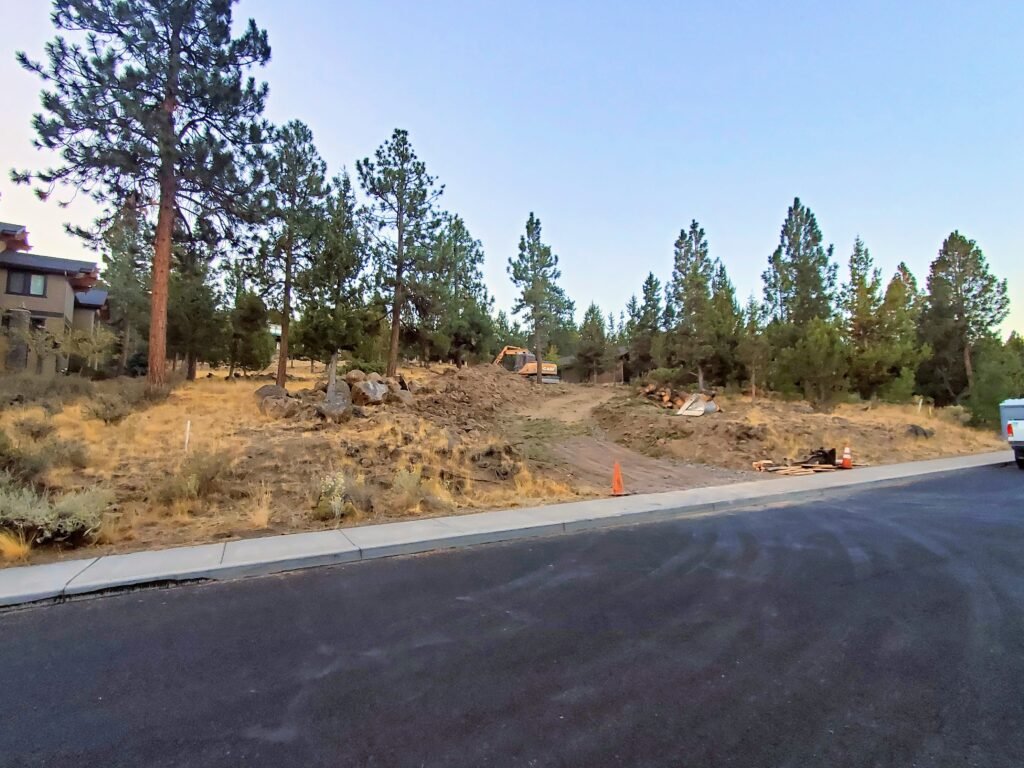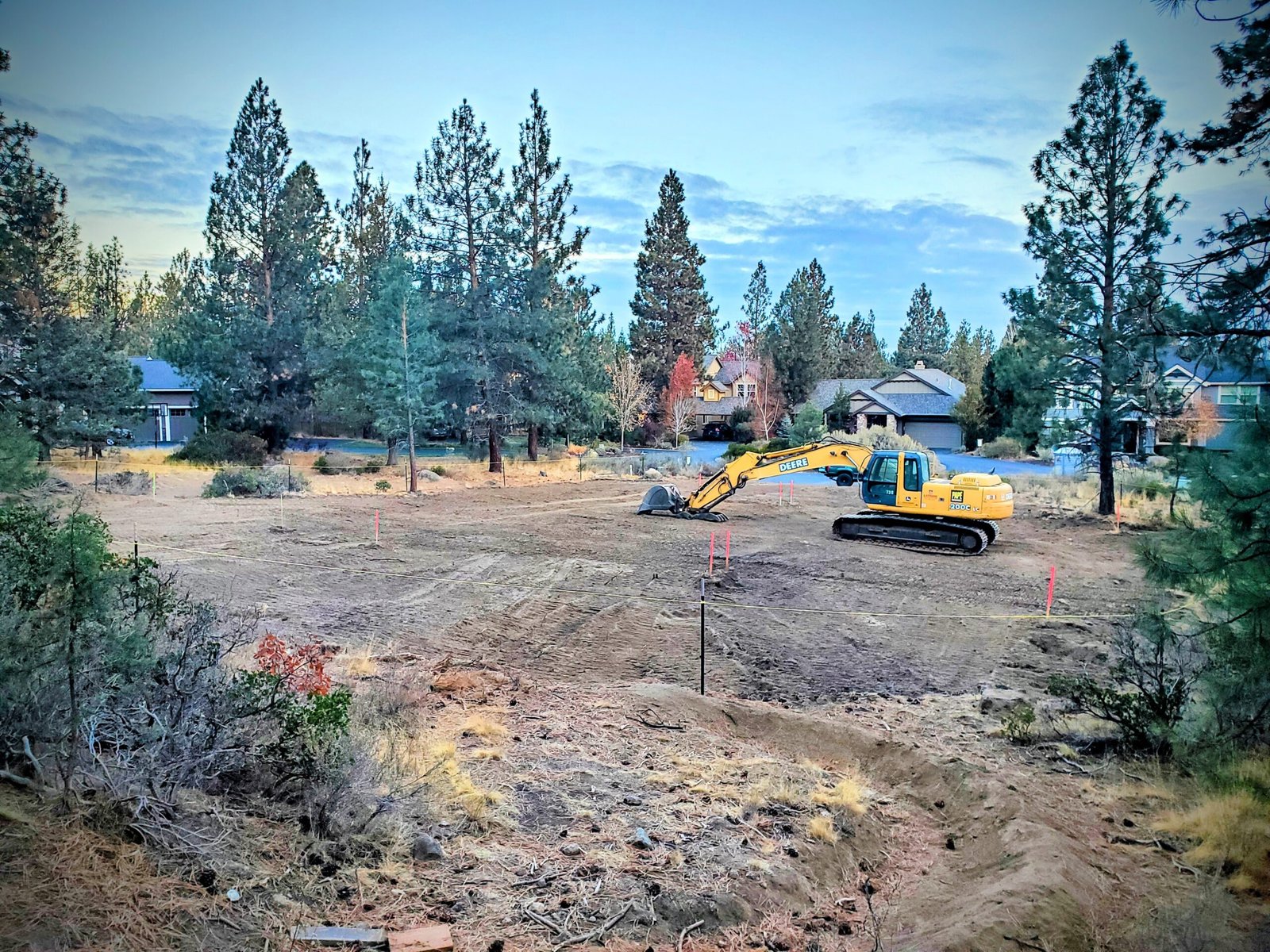Developing raw land to build your own home can seem like a complex and daunting task, often perceived as a project for seasoned professionals. However, with the right approach and preparation, even beginners can successfully navigate this process. If you’re considering building a home on undeveloped land, don’t be discouraged by the perceived complexity. With thorough planning and due diligence, you can turn raw land into the perfect spot for your dream home.
What is Raw Land Development

Raw land development for homebuilding involves purchasing a piece of undeveloped land with the intent to construct a residential property. This process differs from other types of real estate investments because it requires more detailed planning and understanding of the land’s potential. Building your own home offers unique advantages, including the ability to customize your living space and potentially gain long-term value from your property.
Top 5 Benefits of Developing Raw Land For Your Home
- Customizable Living Space Building your own home on raw land allows you to design a space that perfectly fits your needs and preferences, from layout to finishes.
- Less Competition Compared to buying an existing home, developing raw land often involves less competition. You’re not competing with other buyers for a specific property, which can make the process smoother.
- Lower Initial Costs Purchasing raw land and building from scratch can be more cost-effective than buying an existing home, especially if you’re able to manage construction costs effectively.
- High Appreciation Potential Your new home can appreciate in value over time, especially if you choose a location with strong growth potential and improve the property according to current trends and demands.
- Development Flexibility You have the flexibility to choose the design, materials, and features of your home, tailoring it to your exact preferences and lifestyle.
Key Factors to Consider When Developing Land for Your Home
- Permits Research the permits required for construction and factor in the associated costs and timelines.
- Zoning Verify that the land is zoned for residential use and understand any restrictions or requirements that may impact your homebuilding plans.
- Building Codes Familiarize yourself with local building codes to ensure your construction complies with all regulations.
- Water and Utilities Check for existing water hookups and plan for the installation of any necessary utilities, such as sewage and electricity.
- Topography Consider the land’s topography and how it will affect the construction of your home. Proper planning can help minimize additional costs and challenges.
10 Things to Consider Before Building on Raw Land
- Engineering Consult with an engineer to review your plans and assess the feasibility of your home’s design.
- Site Visit Visit the land to identify any potential issues or unique features that could impact your project.
- Spatial Awareness Plan the layout of your home and property to maximize usability and livability.
- Tasks and Responsibilities Clearly define roles and responsibilities within your construction team to ensure the project stays on track.
- Start from the Outside Plan the overall layout of your property, including external elements like driveways and landscaping, before focusing on the specifics of the home’s design.
- Streets and Roads Plan for streets and access roads as part of the development process, considering their impact on your home’s functionality and aesthetic.
- Topography Take into account the natural features of the land to optimize the placement and design of your home.
- Creativity Use this opportunity to incorporate creative design elements that reflect your personal style and preferences.
- Selling vs. Renting Although you’re building to live in the home, consider how future changes in your life circumstances might affect your plans.
- Adaptability Be prepared to adjust your plans based on new information or changes in market conditions
The Development Process for Building a Homes
- Here’s a step-by-step guide to help you through the process of developing raw land to build your dream home:
- Evaluate Economic Feasibility Start by assessing the financial aspects of your project. Calculate the estimated costs for purchasing and developing the land, as well as the construction of your home. This will help you determine your budget and ensure that your project is financially viable.
- Understand Zoning Laws Research the zoning regulations for the land to ensure it is suitable for residential development. Zoning laws will dictate what kind of home you can build and any restrictions or requirements you must follow.
- Determine the Offer Price Once you have a clear understanding of your budget, set an offer price for the land. Obtain estimates from contractors for construction and any site preparation work needed. This will help you establish a fair offer price and avoid overpaying for the
- Secure Financing Obtain financing based on your budget and construction plans. Different types of loans may be available, including construction loans that cover the costs of building a new home. Understand the terms and conditions of your financing to ensure it meets your needs.
- Begin Construction With financing in place, start the construction process. This includes site preparation, such as grading and installing utilities, followed by the actual building of your home. Work closely with contractors and ensure that all work is completed according to your plans and within your budget.
- Market Your New Home While you may not be reselling the property, it’s still important to consider how the final product will fit into the local real estate market. If you plan to live in the home, focus on making it a desirable place to live by ensuring it meets your personal needs and preferences.
Summary
Building a home on raw land is a rewarding process that offers the chance to create a personalized living space from scratch. By following these steps and considering the key factors, you can successfully navigate the complexities of raw land development and build a home that meets your needs and exceeds your expectations. With careful planning and professional guidance, developing raw land can become a fulfilling and valuable investment in your future.




